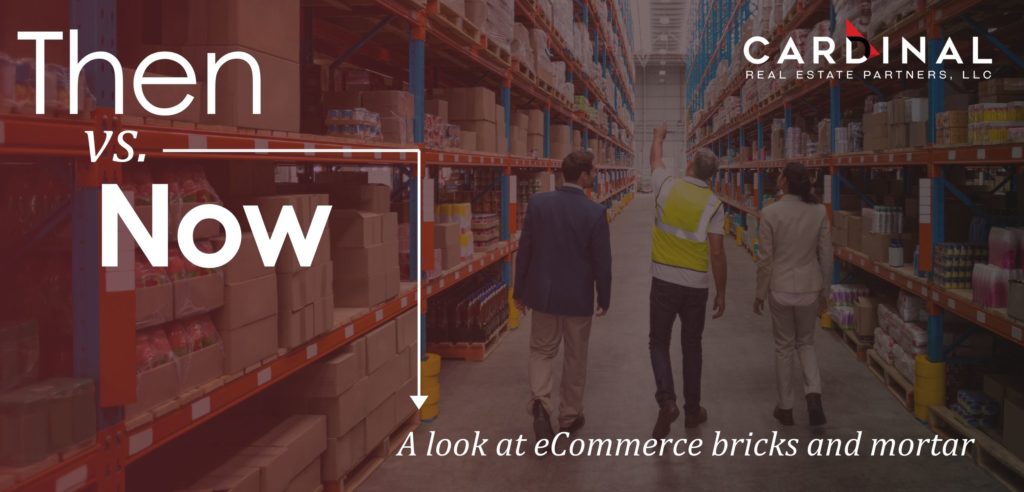
Listen to my latest Podcast with Ronnie Bryant
Few people have had more of an impact on Charlotte than Ronnie Bryant. The list of economic development deals he landed and did not land, includes Amazon, American Airlines, Metlife, and many, many others.
I have worked together often since he came to Charlotte in 2005 to serve as President and CEO of the Charlotte Regional Partnership. Together, we’ve talked about deals and strategy and just had a lot of fun.
He retired from the Partnership in December. Now heads up his firm, Boldly Leading, which provides executive coaching, board training, and crisis management. I invited Ronnie to join me in the studio, and I’m so glad he took me up on my offer.
Lean back and listen in as Ronnie and I rehash some of the past and take a look at the Queen City’s future. And when you are done, be sure to read his new book, Driving from the Backseat: Tips for Surviving as a Not-for-profit CEO, published in April.
Ronnie Bryant Podcast praised by the Charlotte Ledger Business Newsletter
I’ve enjoyed subscribing to The Charlotte Ledger. Founded by Tony Mecia, a former Charlotte Observer business writer and editor, the Ledger is a business newsletter that’s not only breaking news ahead of the pack, but it is also providing an insightful, and fun look at the events shaping the area. I recommend you give it a read
This Week’s Article: “Then vs. Now – A Look at eCommerce Bricks and Mortar”
Warehouse construction is booming near your home right this instant. This time of year it shouldn’t be a surprise to you that there is strong demand by eCommerce companies. As an example, Amazon recently leased over 3 million SF in Charlotte.
But what we are seeing is the true underlying dynamics driving demand for warehousing is surprising. The decisions by where Amazon and others are leasing space is complex. It is much different from what they were a few years ago.
Warehouse decisions used to be predictable.
- It used to be about “Location, Location, Location”.
- It used to be about the price of real estate. Like location, this is self-explanatory.
- Golf? I can’t tell you how many conversations I’ve had with C suite leaders who were keenly interested in knowing what types of golf courses and playing opportunities would be available nearby.
- Incentives by local jurisdictions used to move the needle. In the 90’s it was the Jerry McGuire decade – “Show me the money”.
- Airports. Although they are important, the new decision criteria do not include proximity to the airport.
Nowadays….here’s what I’m hearing:
- It’s dope. Last week while with an eCommerce executive I was asked: ‘What is the rate of opioid use in that submarket?’ I was stunned. This is a sobering reality check for what’s become a huge issue for communities. I did an informal poll while participating in a real estate panel. I asked if others had received similar questions by decision-makers. Most everyone said “yes”. Why are they worried about opioid use? See the next bullet.
- Instead of Location, Location, Location, leaders are focused on Labor, Labor, Labor. It’s all about employees, and the availability of a skilled (and sober) workforce. The fact is that there is a labor shortage and many of the unhired in rural areas are stoned.
- Nerding-out on functionality. Forget golf courses. Now executives are asking if the building is new with 32-foot-clear heights and ample trailer storage. These details are making the difference in which site lands the user. Companies are leaving the older buildings and paying a premium for new buildings. They want to be able to park anywhere from 10 to 100 trailers behind the warehouses.
- Is the region truck friendly? Decision-makers are asking about the local regulatory environment. They want to know about everything from how tough is the local fire marshal to grass-roots efforts fighting against truck traffic.
Sure, companies still care about factors such as real estate prices and having a major airport nearby. Incentives are still a factor, but honestly, they’ve lost some of their luster. But conversations about location have changed. It’s important that everyone, particularly local leaders, pay attention.
The industrial craze isn’t stopping. I’m seeing an insatiable appetite from overseas capital pouring into speculative warehouse deals. The current low-interest environment causes investors to scramble to find yield. Often they are finding it in alternative investments, like warehouses.
Now for a poll.
I recently attended a talk given by Mark Vitner, the senior economist at Wells Fargo. If anybody has a crystal ball for telling the future, my bet is on him. He asked the crowd a compelling question, which I now am posing to you.
What are you more worried about hurting the economy in 2020?
Weigh in by clicking on one of the links above and and I’ll share the results in the next newsletter.






